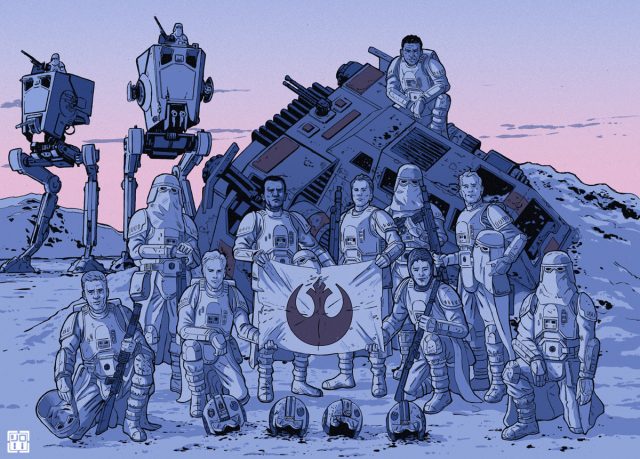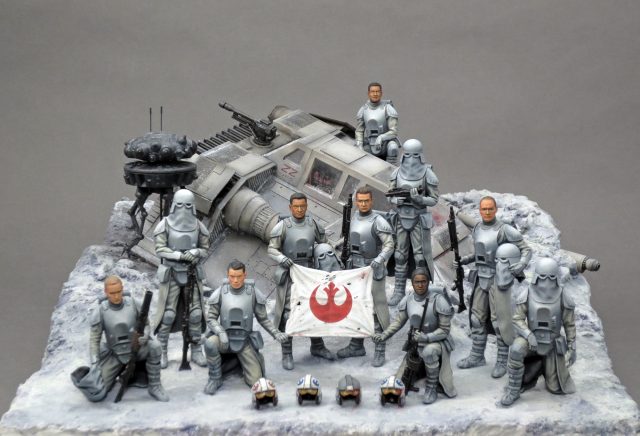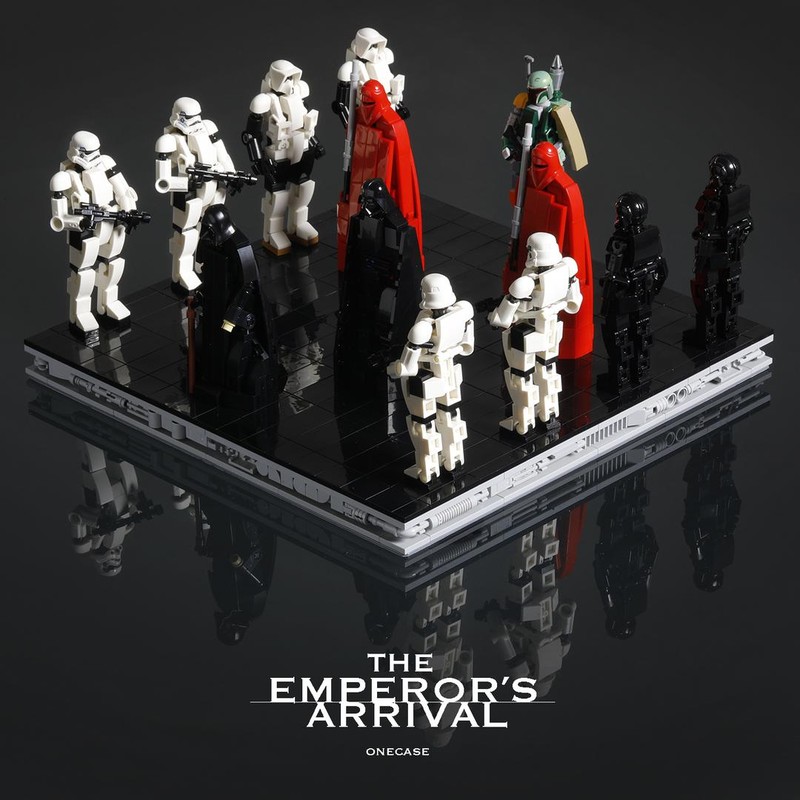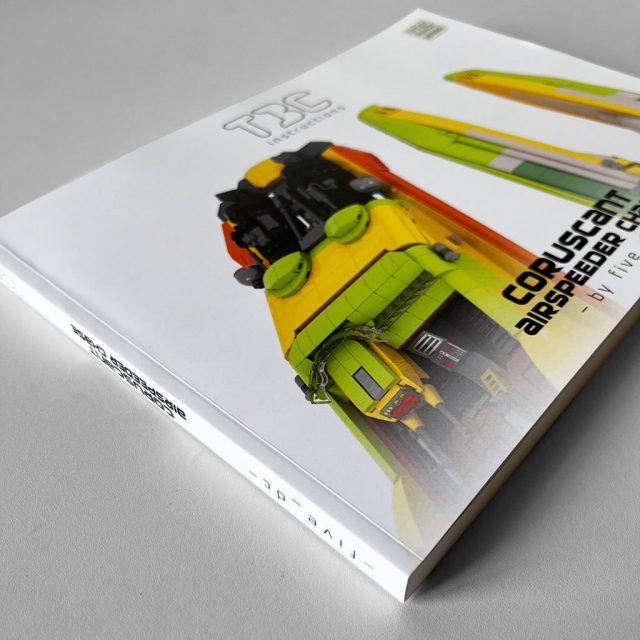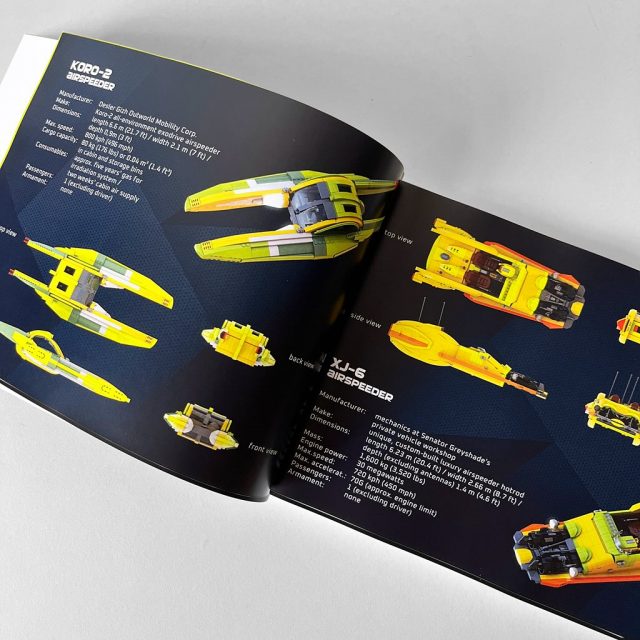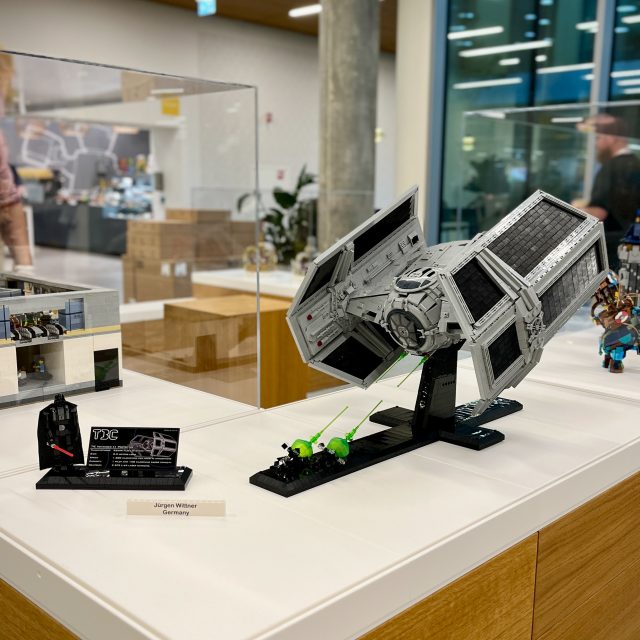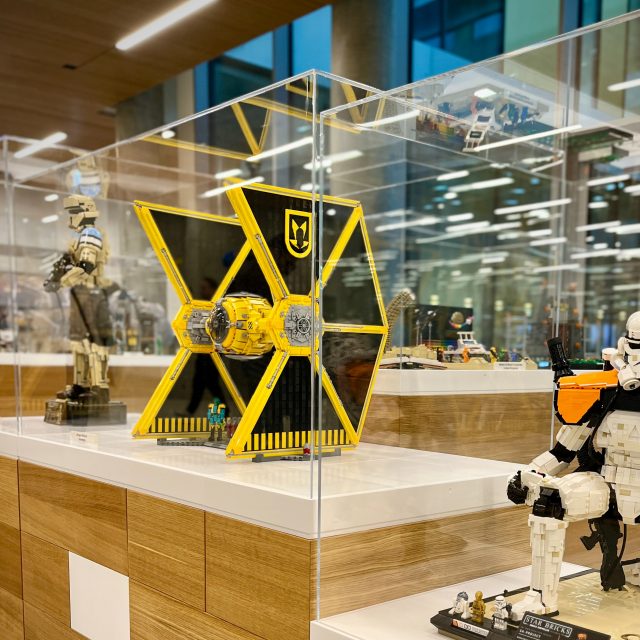Today we’re joined by fan designer Jürgen Wittner, whose incredible Star Wars vehicles, built at 1:16 scale, are masterworks of LEGO engineering. We talk about his latest project, the Fall of Hoth, creative collaboration, and the process for designing and sharing these premium builds.
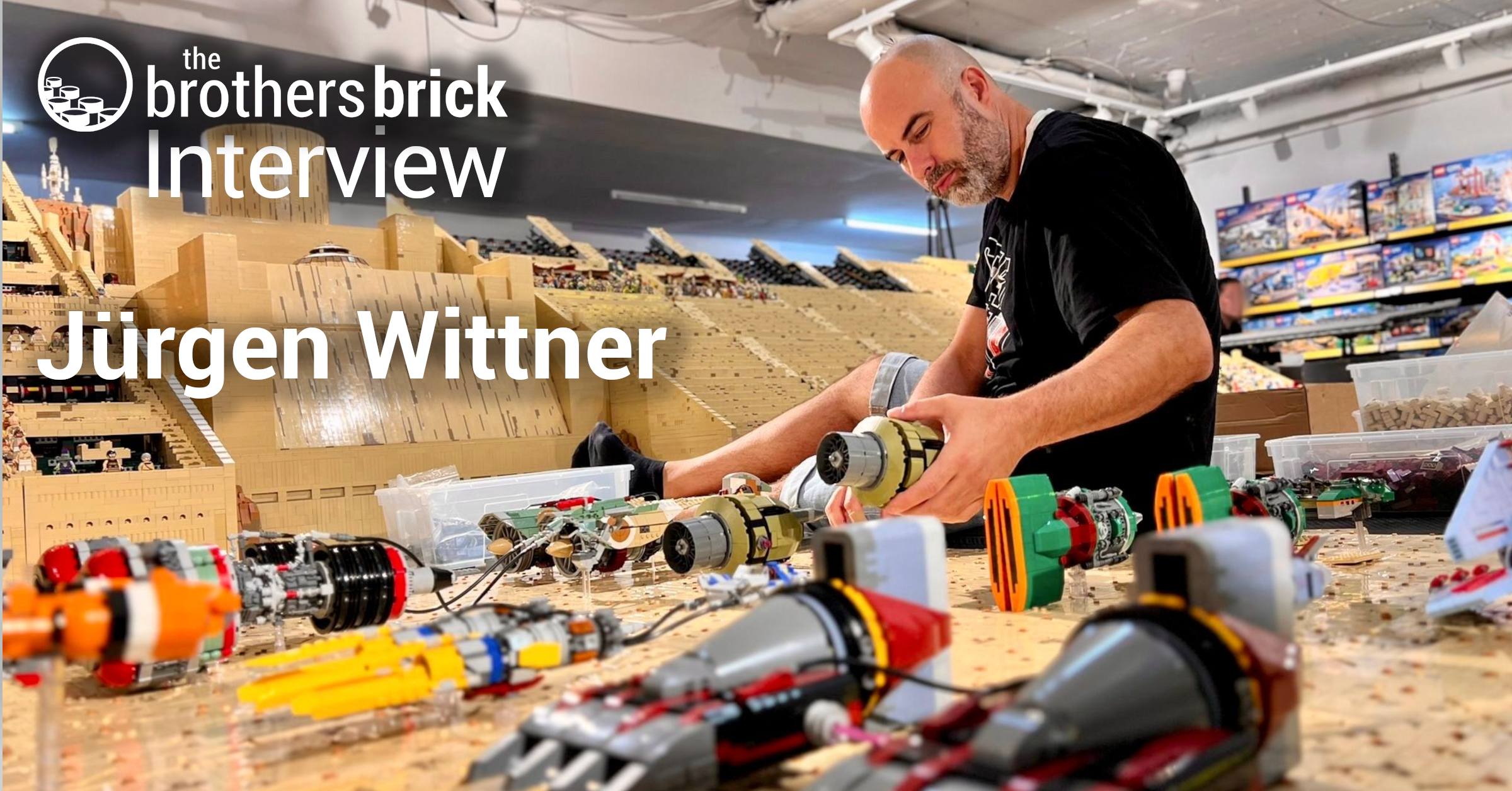
TBB: Hi, Jürgen. It’s been some time since the Brothers Brick checked in with you, but you’ve been quite busy. Maybe we can start by talking a bit about your latest build, the Fall of Hoth. I saw the illustration by Laurie Greasley and the 3D model by Jeff Lu. What inspired you to continue adapting this image into LEGO? Did you coordinate with either of the other artists?
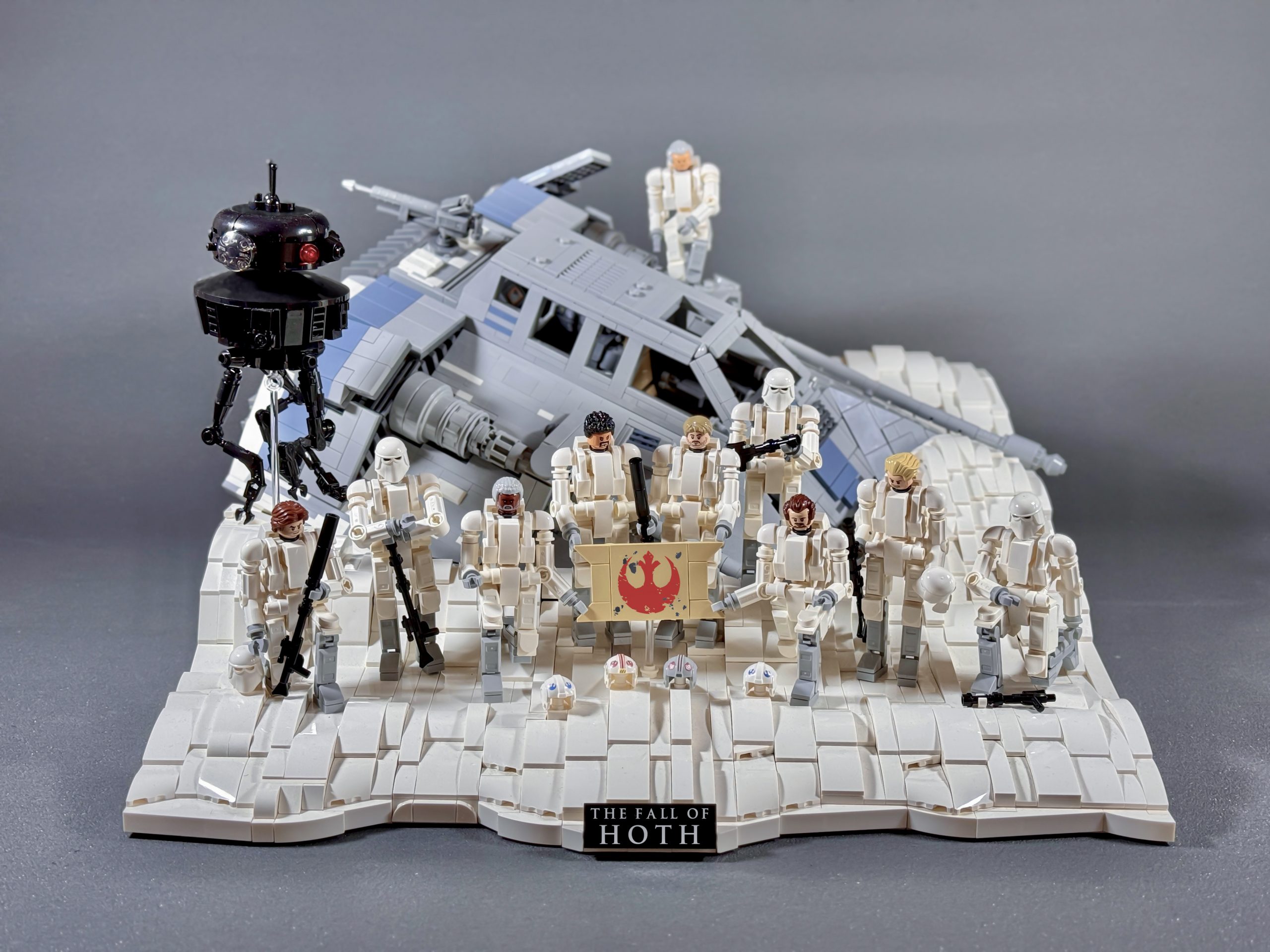
JW: I stumbled across Jeff Lu’s 3D model in a Lego Star Wars group and immediately loved it. Then I researched more images of the model and discovered that this 3D model was based on artwork by Laurie Greasley, which I also found very beautiful.
Since I had already designed a 1:16 scale T-47 Snowspeeder a little over two years ago, and had also adapted many of the scale figures by 0necase, who had developed them for his fantastic MOC “The Emperor’s Arrival,” I thought this scenery would be the perfect setting for my Snowspeeder. Just as I usually do when I want to turn an artist’s work into a Lego model, I contacted both Jeff and Laurie and asked if they would be okay with me adapting their artwork into a Lego model. Both of them liked the idea and gave their approval.
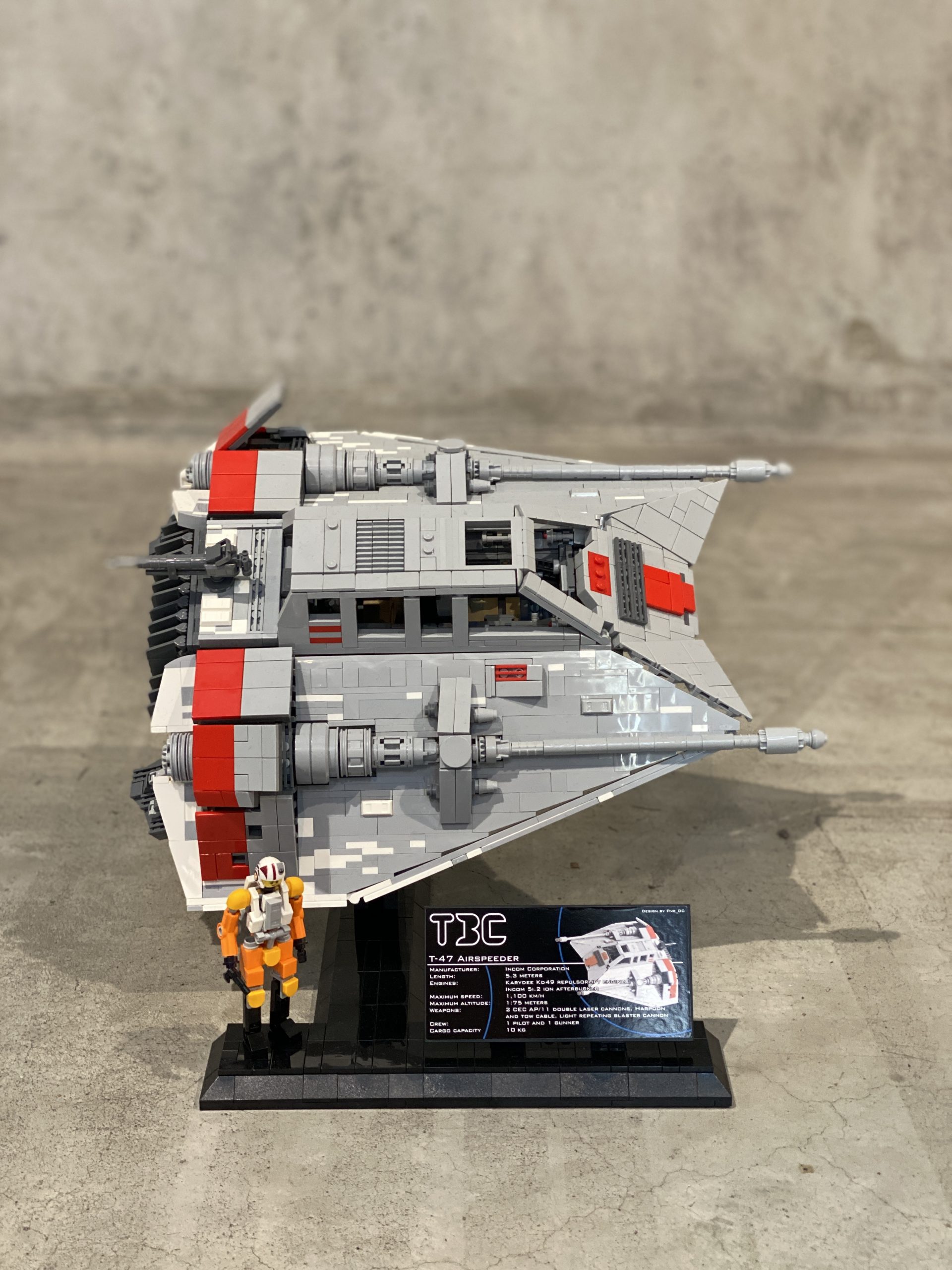
I did the same thing with 0necase’s figures. I bought the instructions for his MOC and built the figures myself some years ago. His Tie Fighter pilot was also the initial idea for building suitable vehicles in this scale (somewhere between 1:18 and 1:16). I wrote to him and explained the idea, and he was cool with it and allowed me to integrate his figure into my MOC and to adapt his figure construction principles for my own figures.
It always makes me happy that there are so many creative people who are simply happy when others take up their ideas and use them as inspiration for their own projects.
TBB: How did you go about converting the original image into a Studio render? Were there any particular challenges in adapting to LEGO?
JW: The most difficult part was anchoring the Snowspeeder firmly to the base in this half-sunken, tilted position. For this, I had to build a very flat, triple-angled stand. It wasn’t technically easy, but surprisingly, it worked right away. As the poseability of these figures is not that great, it was not easy to perform the various standing and kneeling poses. But all in all, I’m very happy with my execution of these two artworks.
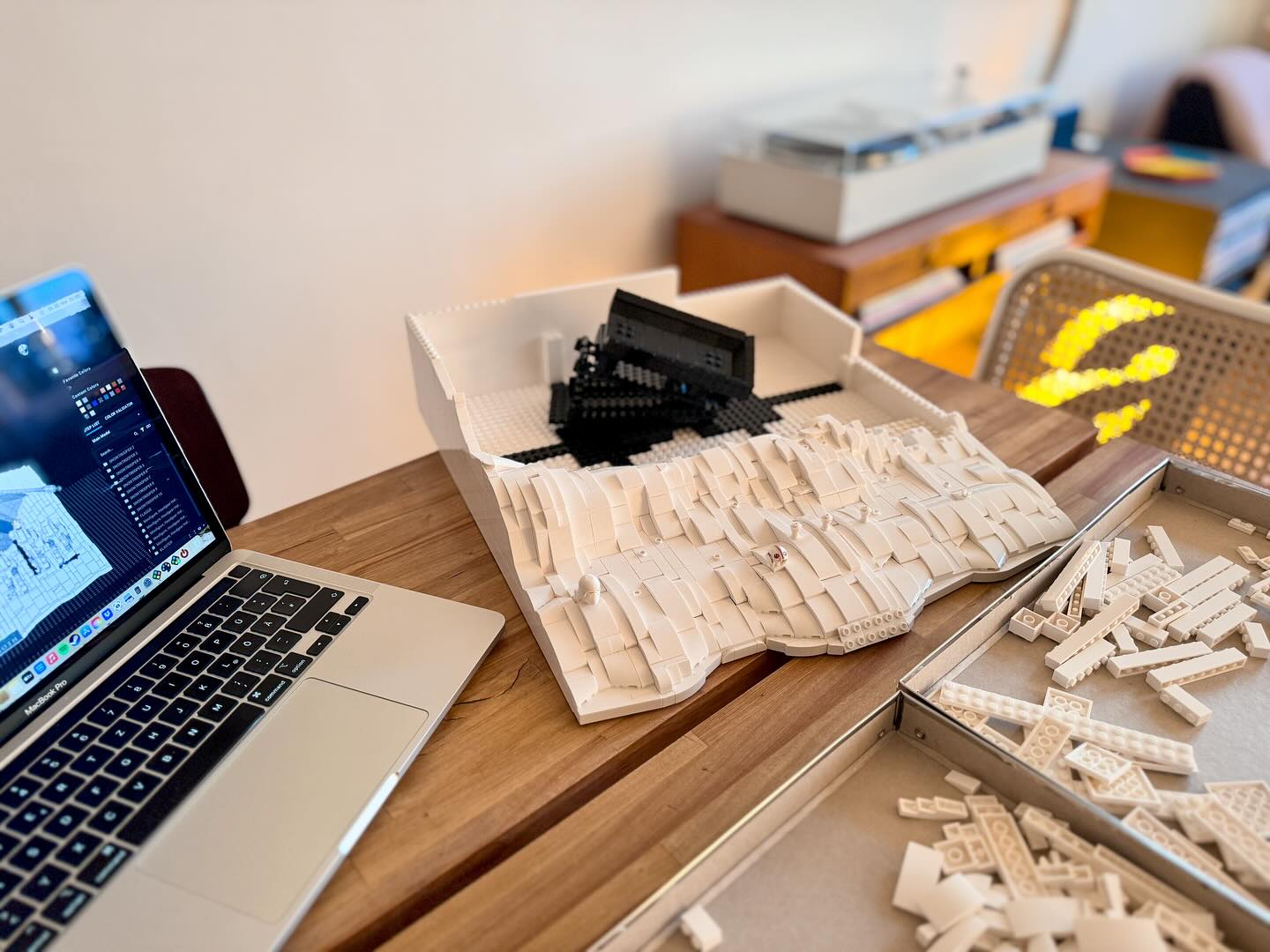
TBB: Did the move from render to physical bricks go smoothly? Aside from sourcing bricks, did you encounter any challenges of making the finished model a reality?
JW: Normally, there are several major and minor adjustments or construction issues that need to be fixed when converting my digital studio designs into physical models. This is partly because I often start building physically when I’m only about 80% finished with the construction. And also, because I prefer to test and solve stability issues in real life, as I sometimes lack the ability to imagine how strong certain connections will hold, when I construct them digitally. Then there are always minor collisions, or connections and joints that don’t quite work. Usually, nothing too serious or unsolvable. But in fact, there were no problems at all with this model when converting from digital to physical. But that may simply be because this model is – compared to most of my other models – not particularly demanding in terms of construction.
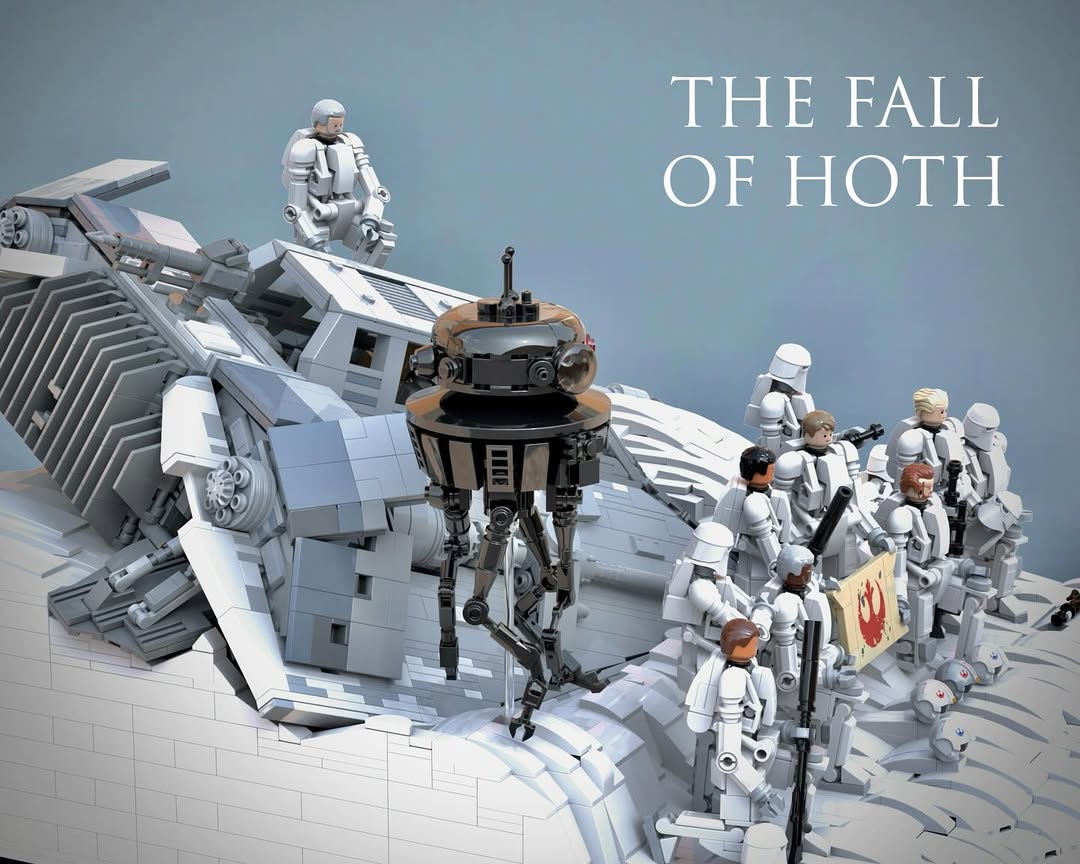
TBB: The Snowspeeder is based on your incredible model from 2022. Aside from some color changes, did you make any alterations to that design?
JW: No, there are currently no changes to the Snowspeeder besides the color swap. However, it’s also one of those models where I have almost no complaints, which is almost an exception for me as a perfectionist. The only thing I always found a bit too wide was the width of the gaps between the front panel (“hood”) and the wings. But that’s one area where, despite a lot of trial and error, I haven’t found a better solution. It’s not so bad that it really catches your eye, but I always think about it, when I see the model.
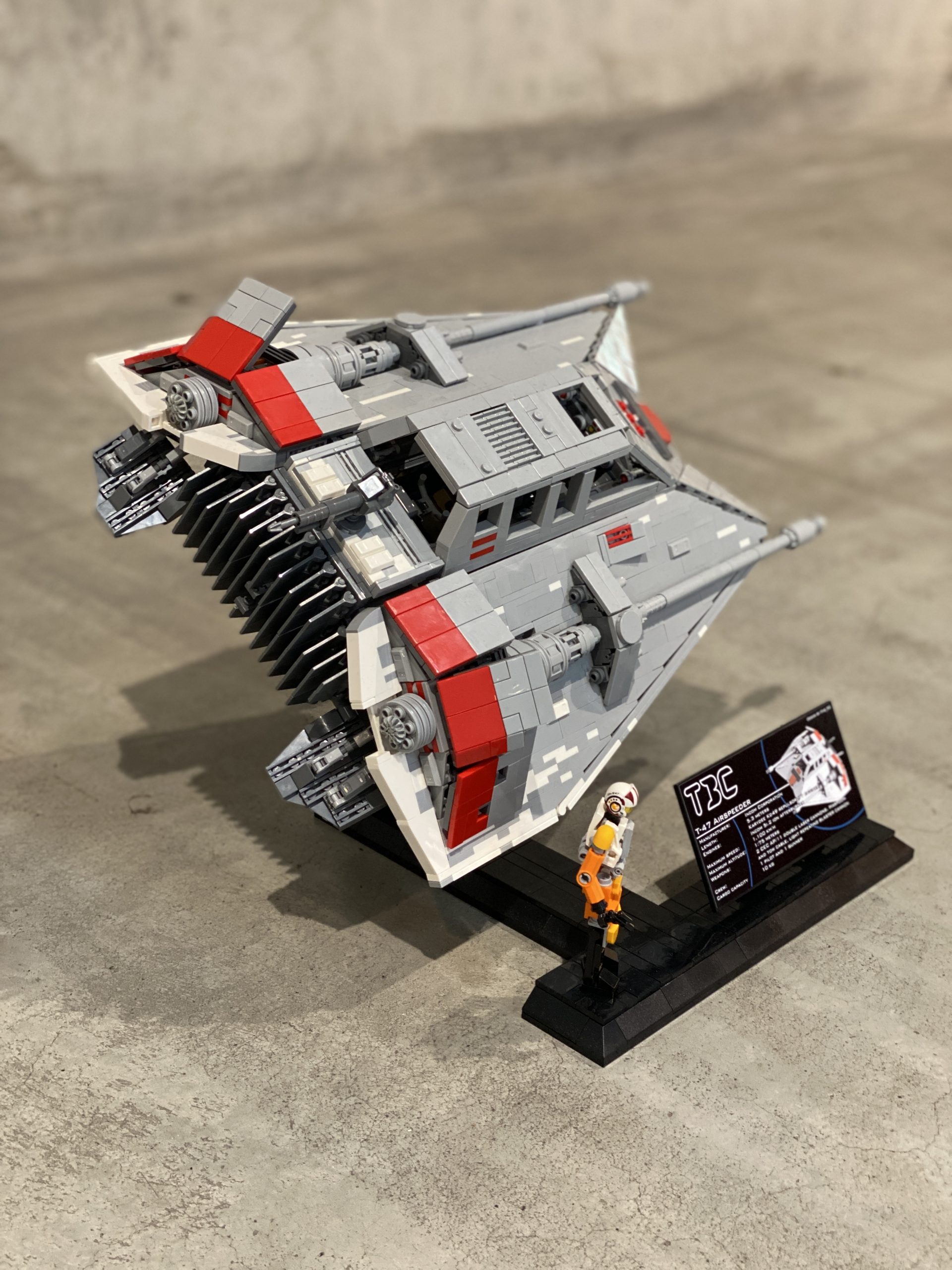
TBB: Your Star Wars vehicles are awe-inspiring in their screen-accurate detail. Your models achieve clean lines with minimal gaps and studs, balanced with impeccable greebling. Maybe we could talk a bit about your process and how it’s evolved over the years. When you start a new vehicle project, where do you begin? Do you begin planning digitally, or are you figuring things out with physical bricks?
JW: When I’m at the point to start a new project – and that’s around 3 or 4 times a year – I start with researching photos, blueprints, measurements and stuff like that. Since there are a lot of fan-made renderings, 3D models or artworks of Star Wars ships and vehicles out there, and the details and proportions often differ slightly to greatly, I try to work primarily with photos from the movies / series or with photos of the original movie props in order to be able to reproduce as many accurate details as possible. However, this is not equally possible for all vehicles. Normally, the scale is set for me. For some years now, I have established the 1:16 scale for myself and have mainly been building vehicles in this scale in recent years.
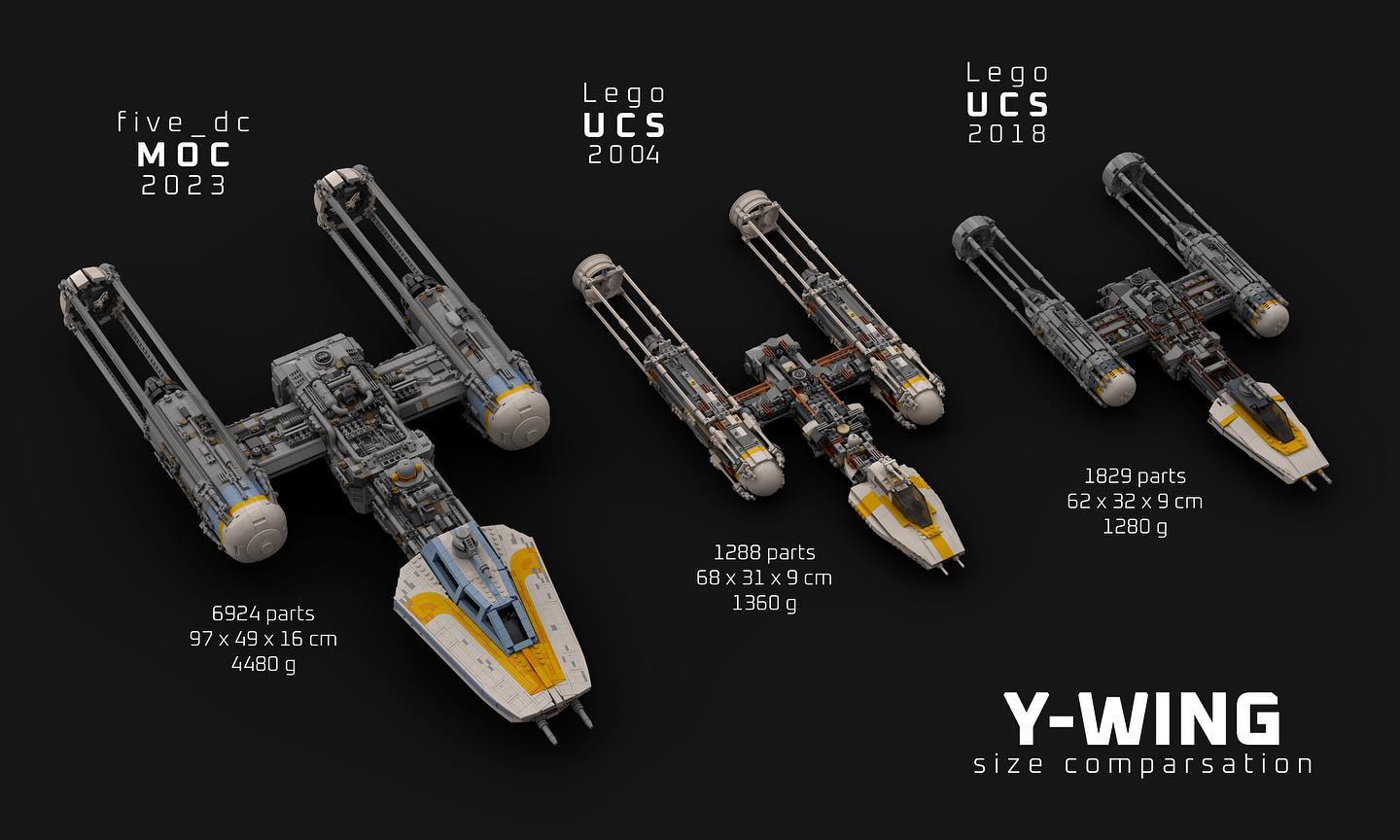
When I have my setup of background information I always start designing digitally, in Bricklink Studio. I always design from the outside and end up on the inside. This means I start with the outer hull of the vehicle, then move on to the interior and finally I design the supporting structure into the model. This approach is met with a slight frown from many of my design colleagues, but is somehow more logical for me, as I find it difficult to design something from the inside that should later have coherent proportions from the outside.

I usually pick out a detail or part of the vehicle that I have an idea for how I could realize it with Lego and start designing there. And then I work my way forward piece by piece until I’m all the way around.
TBB: What are your top priorities in adapting a set? As a fan designer, how do your considerations differ from an official LEGO set, do you think? What makes one of your kits different from a UCS kit?
JW: My priorities are clearly to maximize the quality of detail implementation. Likewise, the highest design goal for me is that the model does not look directly like Lego at first glance. This means absolutely avoiding visible studs, unless there is no other way or it makes sense from a design point of view. I implement this detail without compromise, without being dependent on profitability or the widest possible customer base.
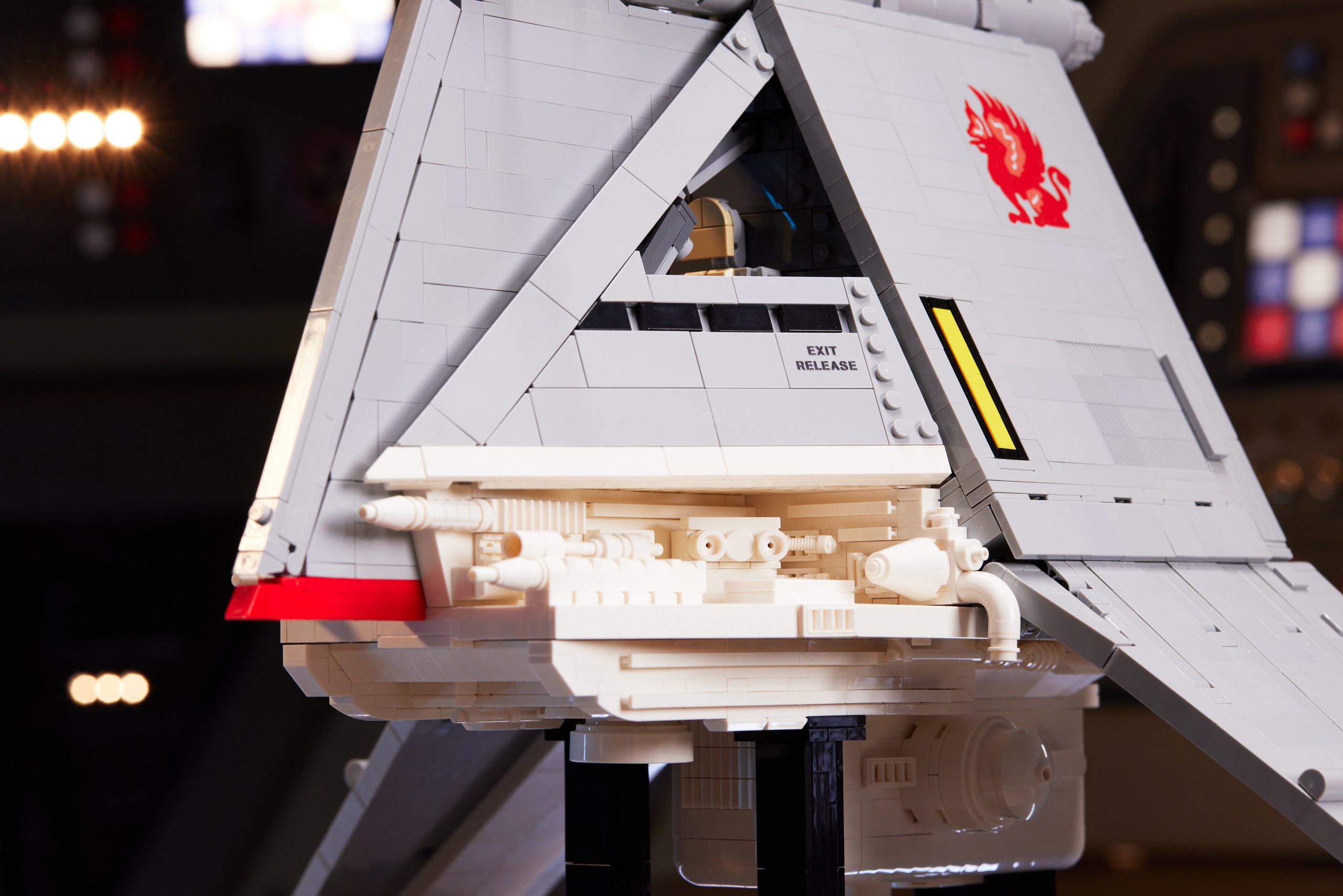
My models are made for hardcore fans for whom it is less important how much the model costs than that the model simply looks good from every perspective and is as accurate as possible. Of course, I try not to be wasteful with parts and try to avoid extremely expensive or rare parts, unless a detail cannot be adequately reproduced in any other way.
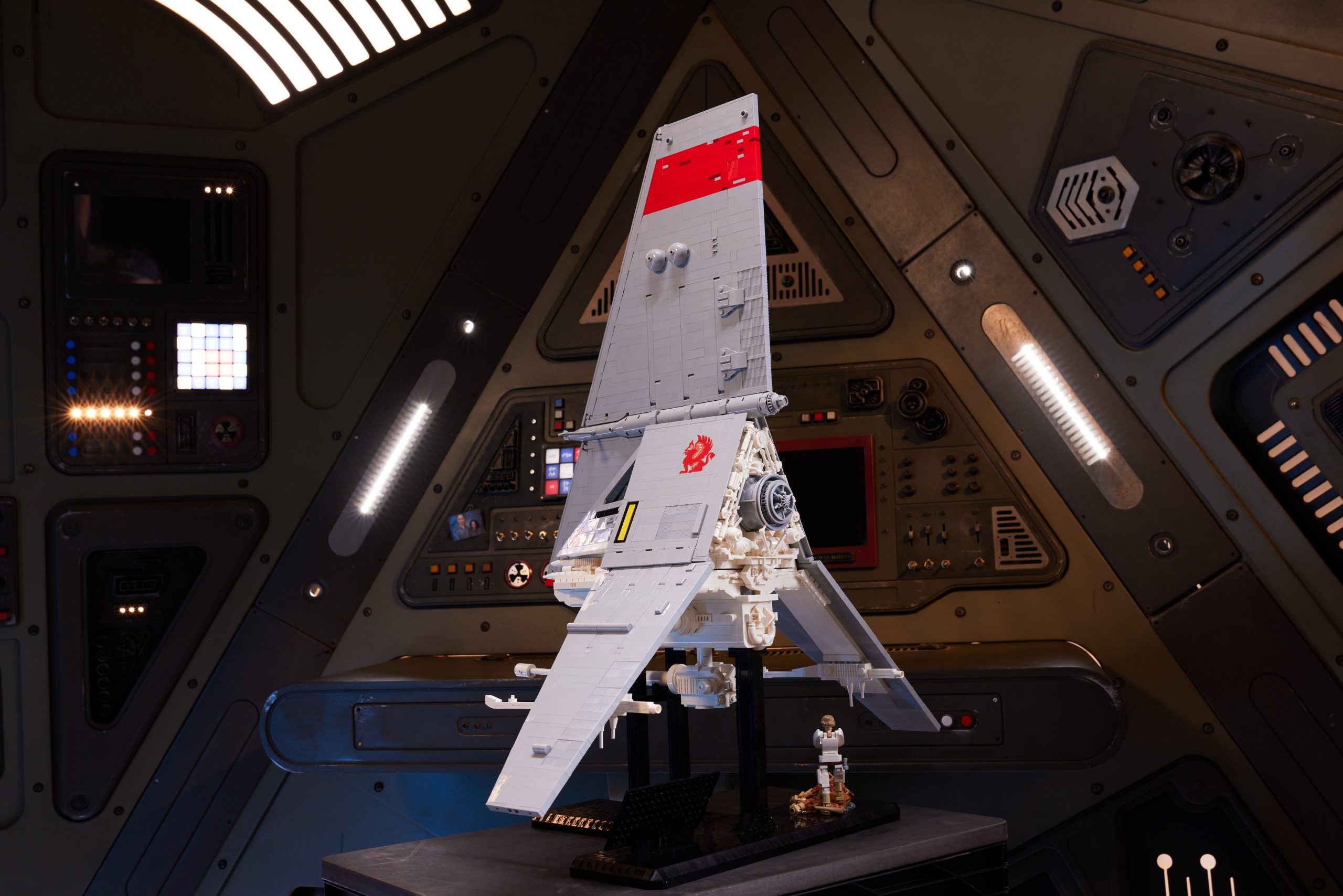
I also do not use stickers (except for the specification plate), only custom printed parts and I do not use bright colors for the interior of my models. Also, you will never find a visible blue technic pin or similar on any of my models. I think these are the biggest differences to official UCS sets.
TBB: How do you balance aesthetics against build stability? How durable would you consider your builds compared to an official UCS set?
JW: The aesthetics of a model always come first for me, of course. At the same time, I naturally make every effort to create models that are as stable as possible. As a rule, I think I can achieve this to an absolutely acceptable degree, and this is also reflected in the feedback I get from AFOLs who have built my models. Of course, with a greater level of detail comes a greater risk of fragility. For some vehicles, stability is easier to implement due to the design and for others it is more difficult. My 1:16 Tie Fighter, for example, has become an extremely stable MOC – although the design is quite unfortunate for a Lego construction (very slim wing supports, very large wings).
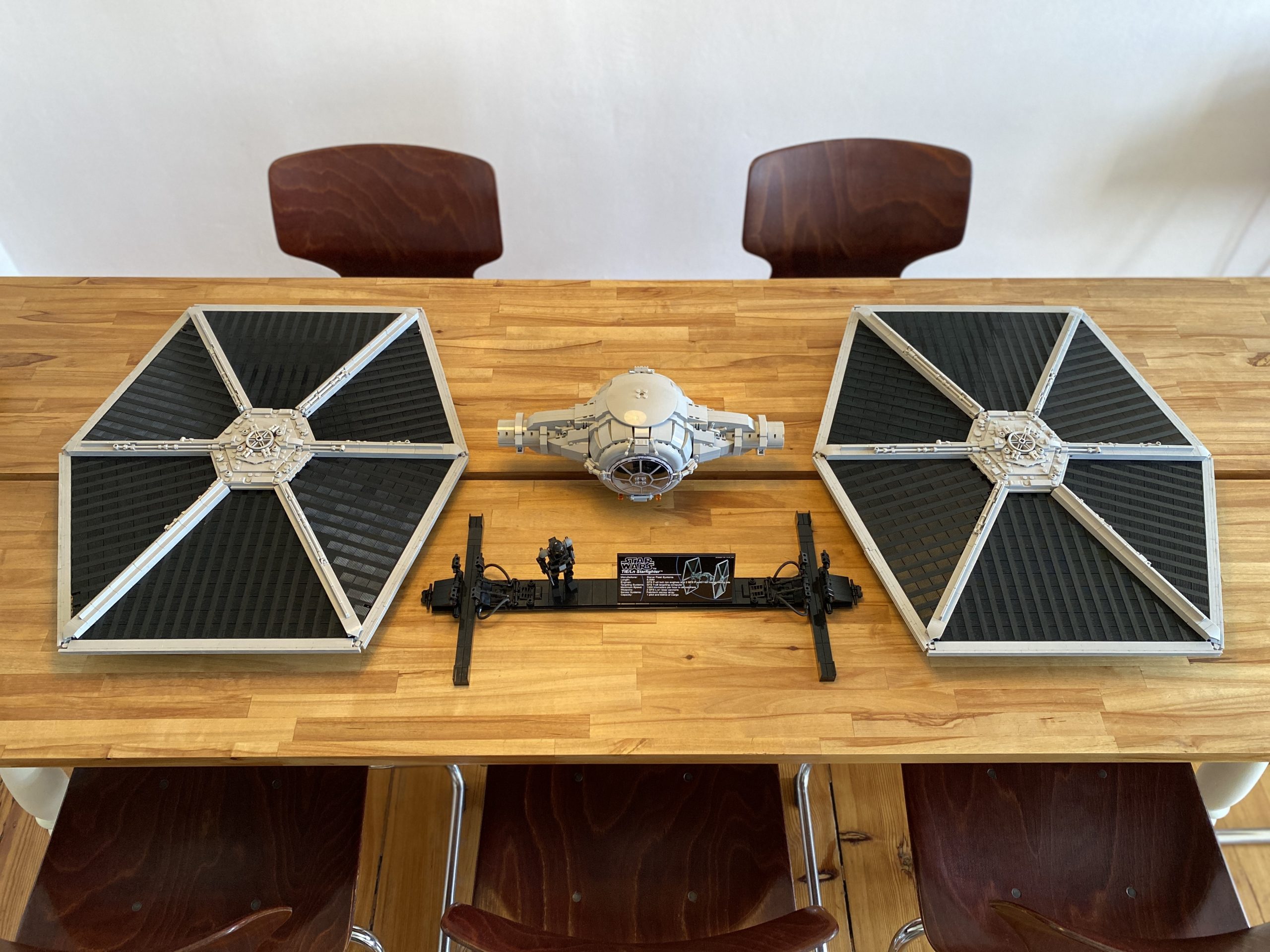
With other models, such as my almost 1-meter-long Y-wing, the weight of the almost 8000 parts alone is a real challenge in view of the rather delicate silhouette of the ship and the large dimensions and spans.
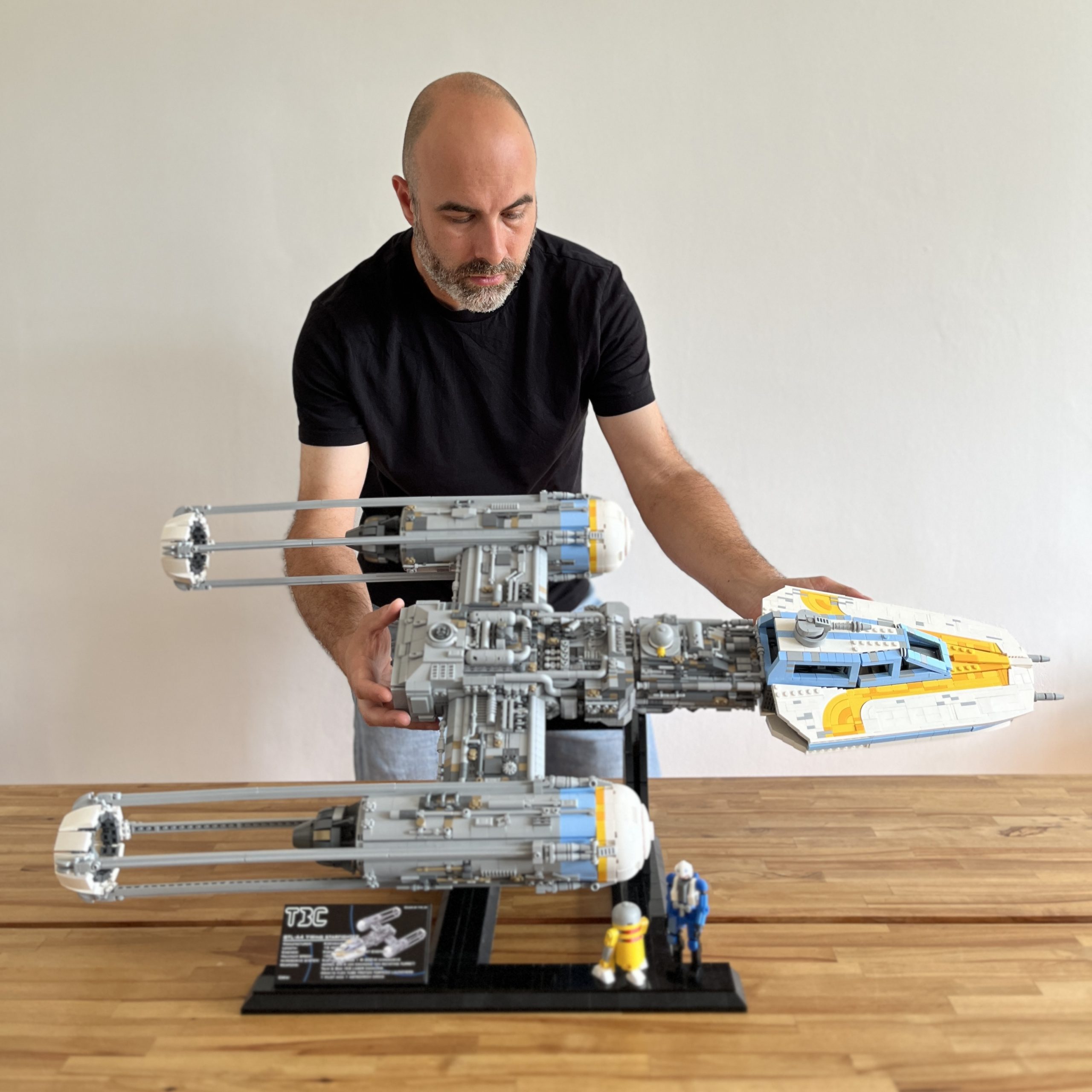
But every now and then there are MOCs that I design and build myself and then decide that I don’t want to impose this fragility on others. These are models for which there will be no instructions, they simply remain individual pieces or are photographed, and the parts are reused at some point. The last time I did that was with my little cyberpunk biker gang, the “Blacktop Grinders”. I was very happy with the design of the figures, but I could just not manage to get the construction stable.
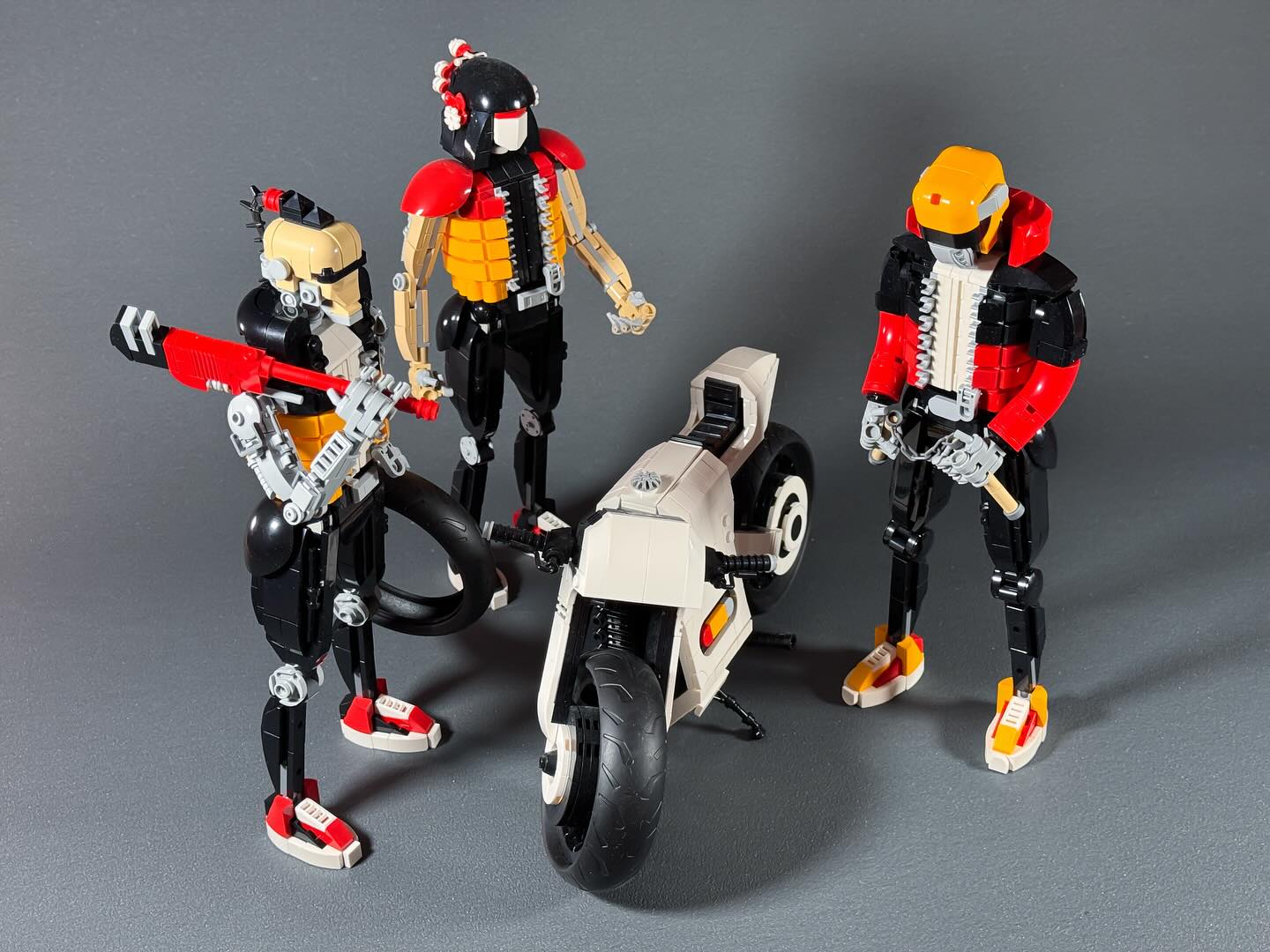
TBB: If you could make a wish and have LEGO introduce a new element that you could use in your designs, what would it be?
JW: I would love it if Lego would do more wedge tiles. They have added a lot of wedge plates with different sizes and angles in the last few years and also a lot of large and small slopes, but there is an absolute lack of wedge tiles. It would be best if there were matching tiles for every wedge plate angle.
TBB: Many of your designs are available for sale on The Brick Collective. How did that collaboration start? Why do you prefer to stick to physical instruction manuals?
JW: Tobias Nieder, one of the founders and owners of The Brick Collective (TBC), was one of the first AFOLs I had close contact with via social media shortly after I started building Lego MOCs in 2020. He was one of those people who are simply able to provide incredibly constructive input. Especially when dealing with Studio during the initial phase, he was always there to help and advise me. At some point he told me about his side project, namely TBC, and that he had set up a platform for selling MOC instructions. He asked me if I’d be interested in selling my instructions exclusively on this platform. And since we’d already developed a friendship at that point and I wanted to help support this project, I immediately said yes.
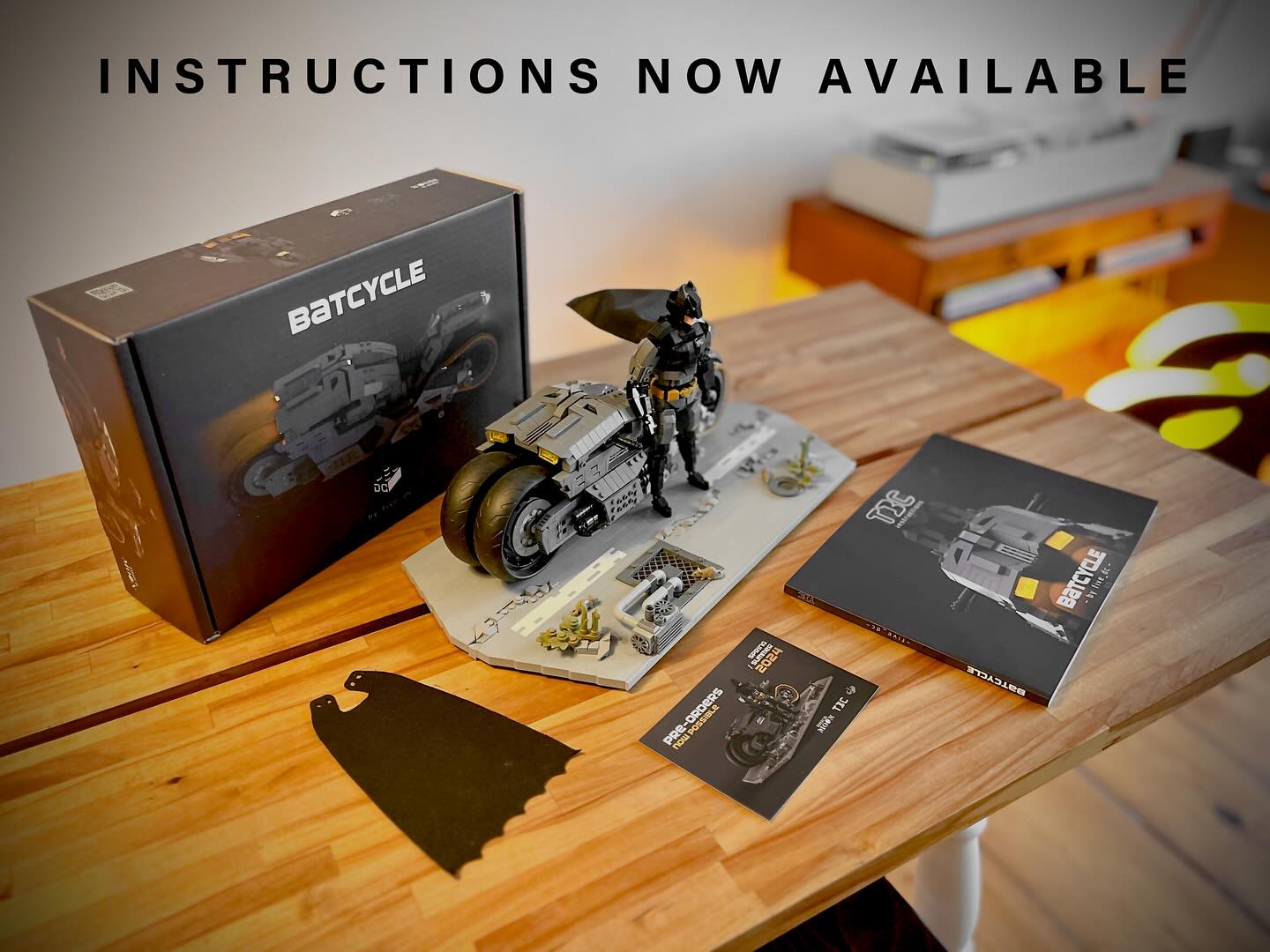
I could certainly sell more instructions on other platforms like Brick Vault or Rebrickable, but the number of instructions sold isn’t that important to me. What’s more important to me is doing things like this together with good friends in a close and very constructive and supportive way. Shortly after Tobi, I also met Sebastian Neuß. He sells Lego kits of fan-made MOCs, like mine as a full-time job. He owns the company Brick Moon. What started as a tender collaboration has also developed into a truly great friendship, and Sebastian now implements almost all of my instructions in limited-edition building kits.
The three of us decided to switch from PDF instructions to printed instructions together. The main reason is that TBC and Brick Moon only sell very high-quality, large, and complex MOCs. Many collectors and fans who buy such models at the corresponding prices really like to have a beautifully designed, printed manual that they can put on their shelf. We ourselves consider a printed instruction book to be more aesthetically pleasing than a PDF file, which is why we decided to primarily sell printed instructions.
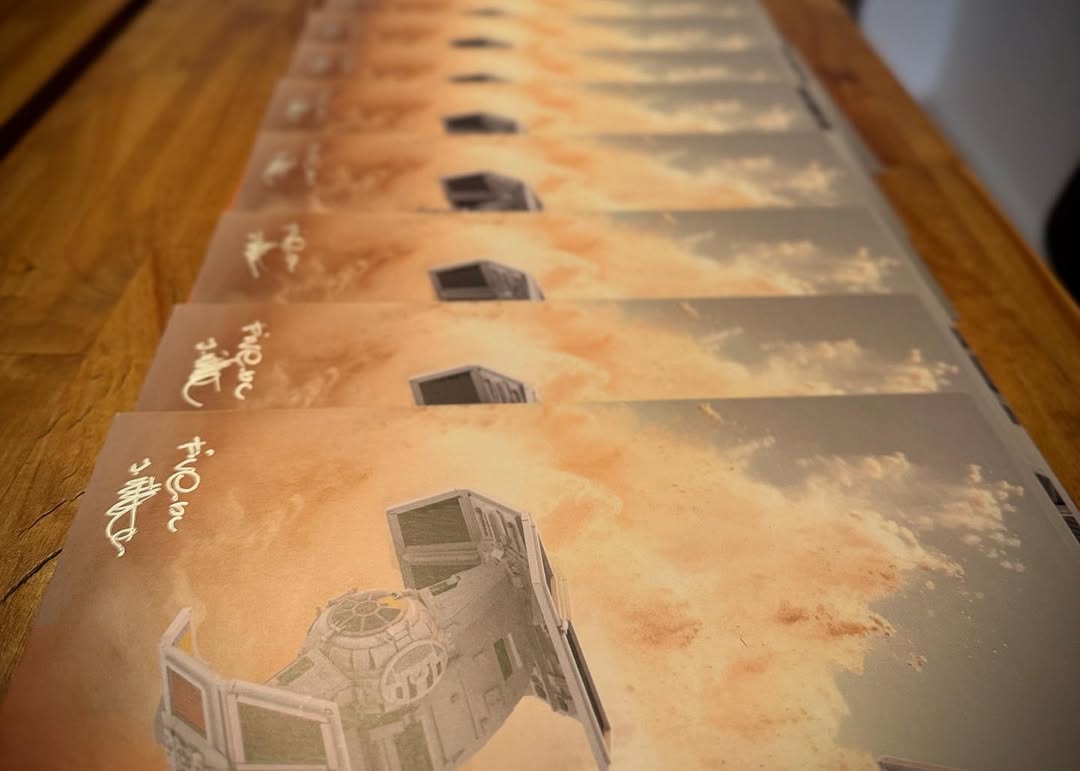
Of course, there are also several disadvantages. Producing instructions of 200 full-color pages or more is expensive, especially for relatively small print runs. Accordingly, the selling price is significantly higher and the profit margin is significantly lower than with a PDF. But we’ve already tested offering both, and the PDF was only purchased once or twice, which gave us the signal that most of our customers really appreciate the printed instructions.
TBB: Do you have a favorite vehicle from the Star Wars universe?
JW: My favorite vehicles are almost exclusively from the OT. But there is not one absolute favorite. I really love the Tie Fighter, the Y-Wing, the X-Wing and the Millennium Falcon. And the Razor Crest from Mando is also an incredibly beautifully designed ship for me. But if I really had to pick a favorite ship, it would probably be the Lambda Shuttle. I love this white, elegant 3-wing design!
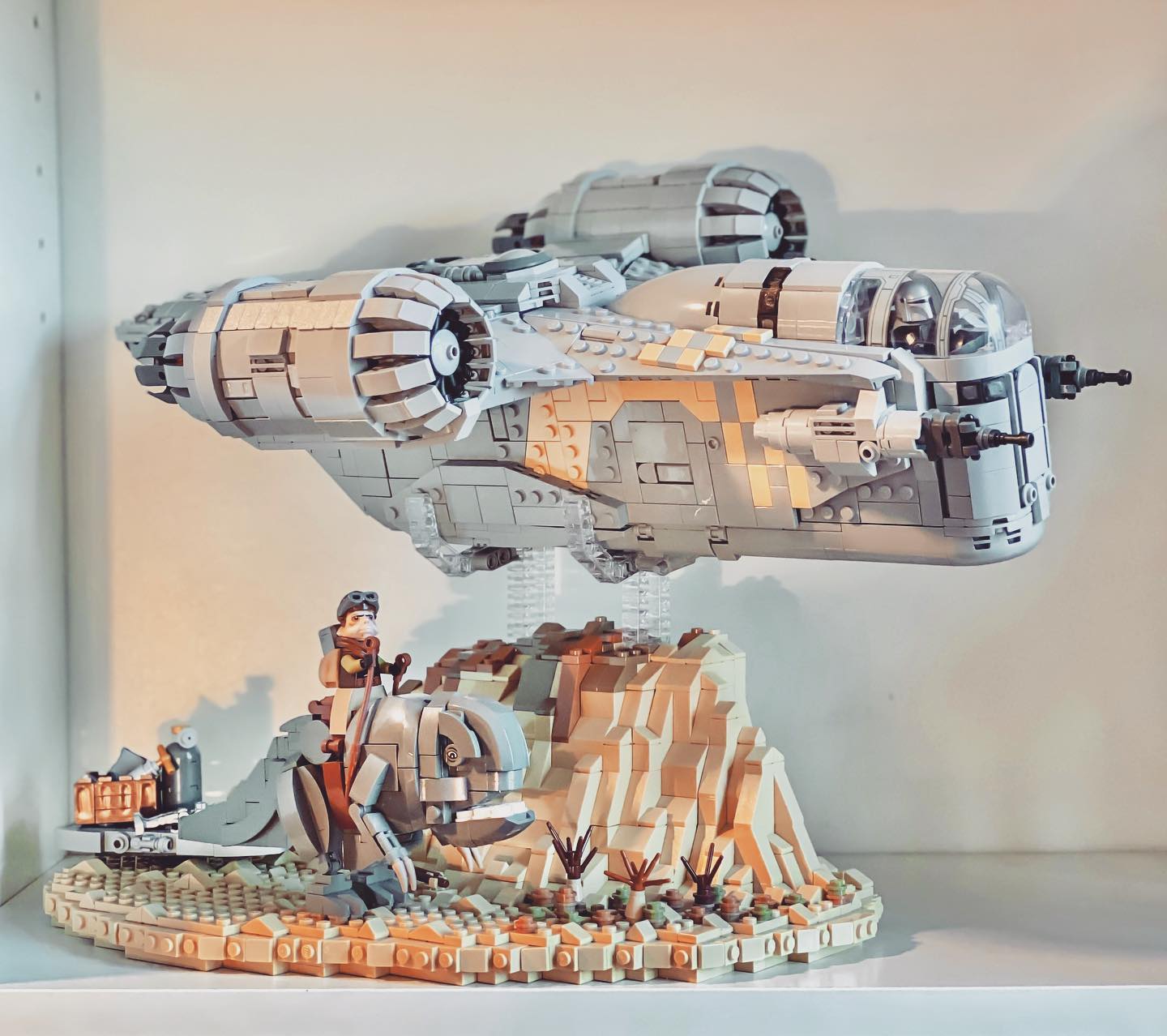
TBB: Can you share any clues about what your next Star Wars model might be?
JW: My next, or rather current, Star Wars project is a Pirate Snub Fighter, like seen in The Mandalorian or Skeleton Crew. Unlike my other models in 1:16, it will be in the even larger scale 1:12. 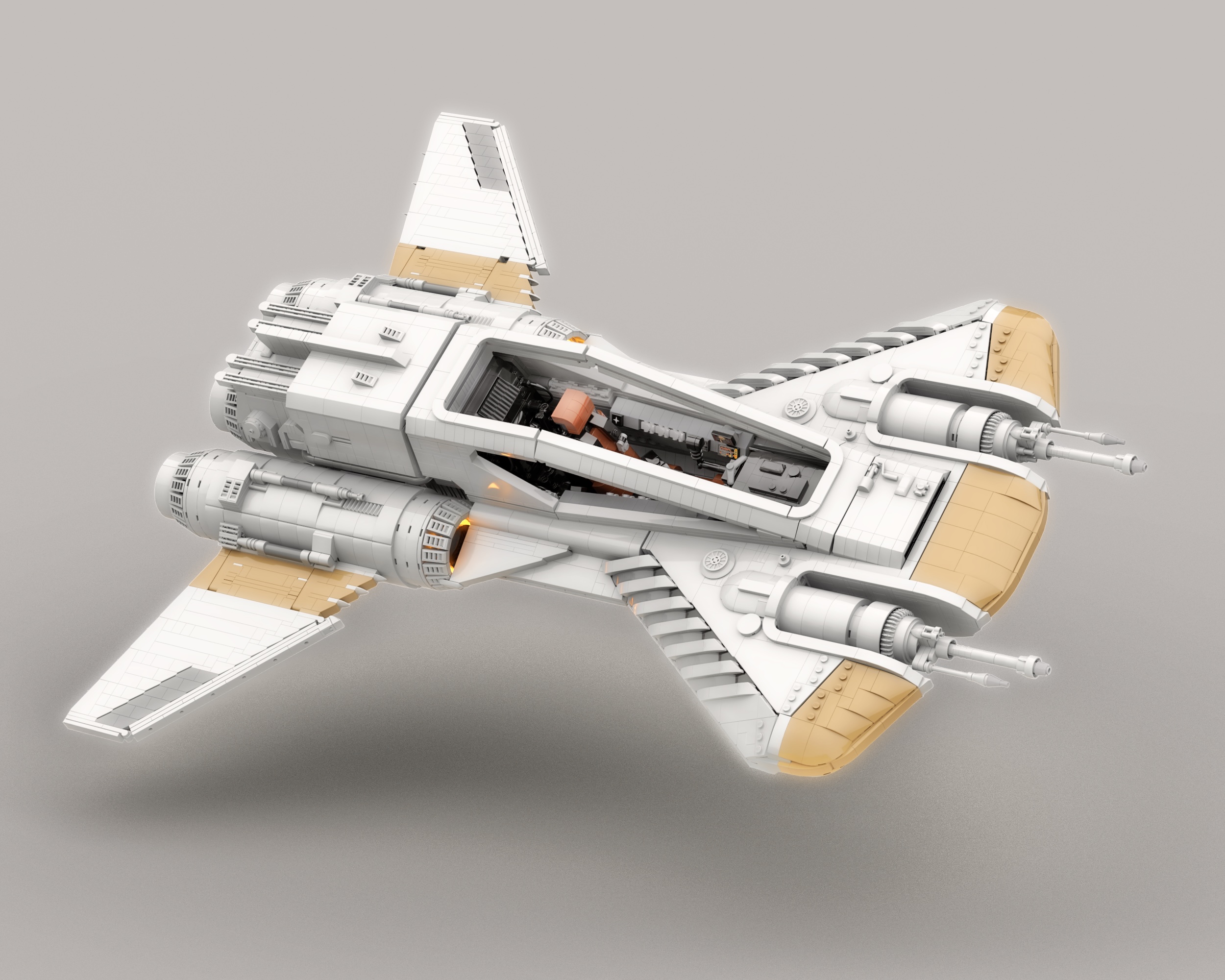
At 70 cm long, it’ll be a truly massive model with over 6,000 parts, and it’ll be the model with the most beautiful pilot’s seat I’ve ever built, which even has a brick-built 5-point belt, thanks to the large scale.
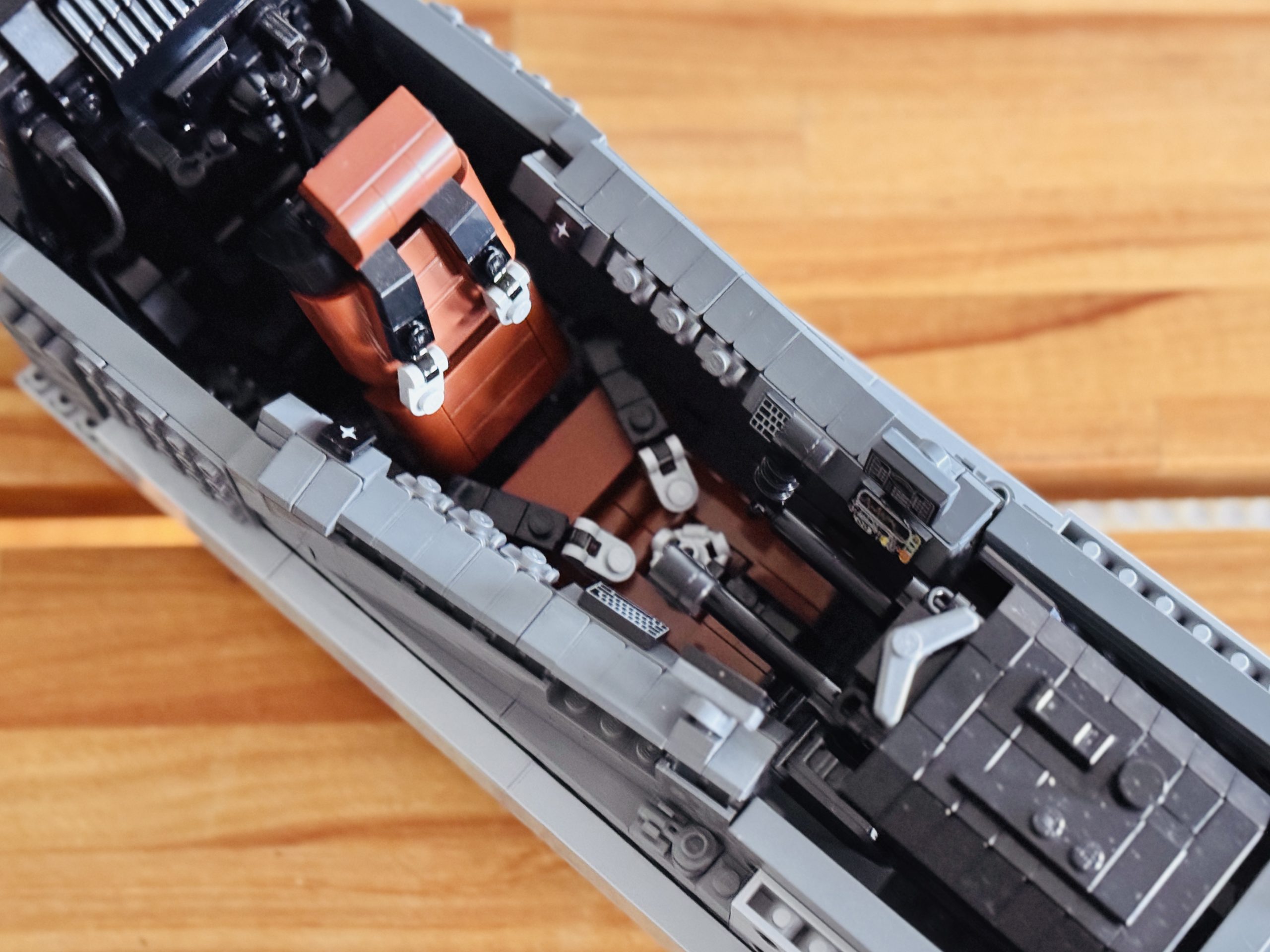
TBB: What are your thoughts on the current state of the Star Wars universe? Is there any upcoming Star Wars story you’re hoping to see?
JW: As someone who was born in 1977, I am of course a big fan of the OT, even though I saw it for the first time quite late, I think somewhere between the ages of 16 and 18. I’m definitely a big Sci-Fi fan and of course a Star Wars fan. But I definitely have a differentiated opinion when it comes to Star Wars. I love Episode IV-VI, I love Rogue One and Andor. I can live with Episode I-III, but I don’t really like the CGI look and the design of many of the vehicles. Episode VII-IX, on the other hand, I liked the look and design, but struggled with the story from Episode VIII onwards.
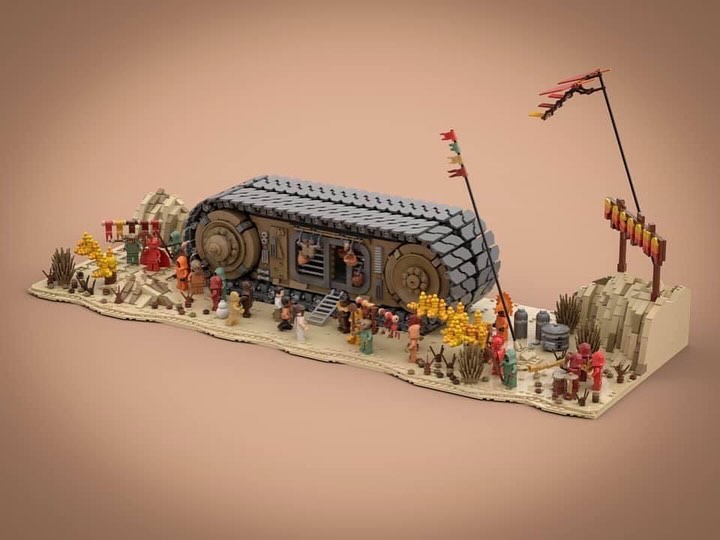
It’s similar with the series: I think Andor is fantastic in every respect, I had a lot of fun with Mando and Skeleton Crew, but I found Book of Boba Fett, Obi Wan and Acolyte very sobering. With the animated series like Rebels, Clone Wars and Bad Batch I always had the big problem that I didn’t like the animation style. I know that the series are exciting and well made in terms of storytelling and I always started watching them, but I always quit watching after some episodes.
I was also a late bloomer when it came to Star Wars games. I’ve been gaming all my life, but Star Wars games have somehow passed me by for a long time. As a big action-adventure fan, I discovered Jedi: Fallen Order and then Jedi: Survivor a few years ago and had a really good time with both games.
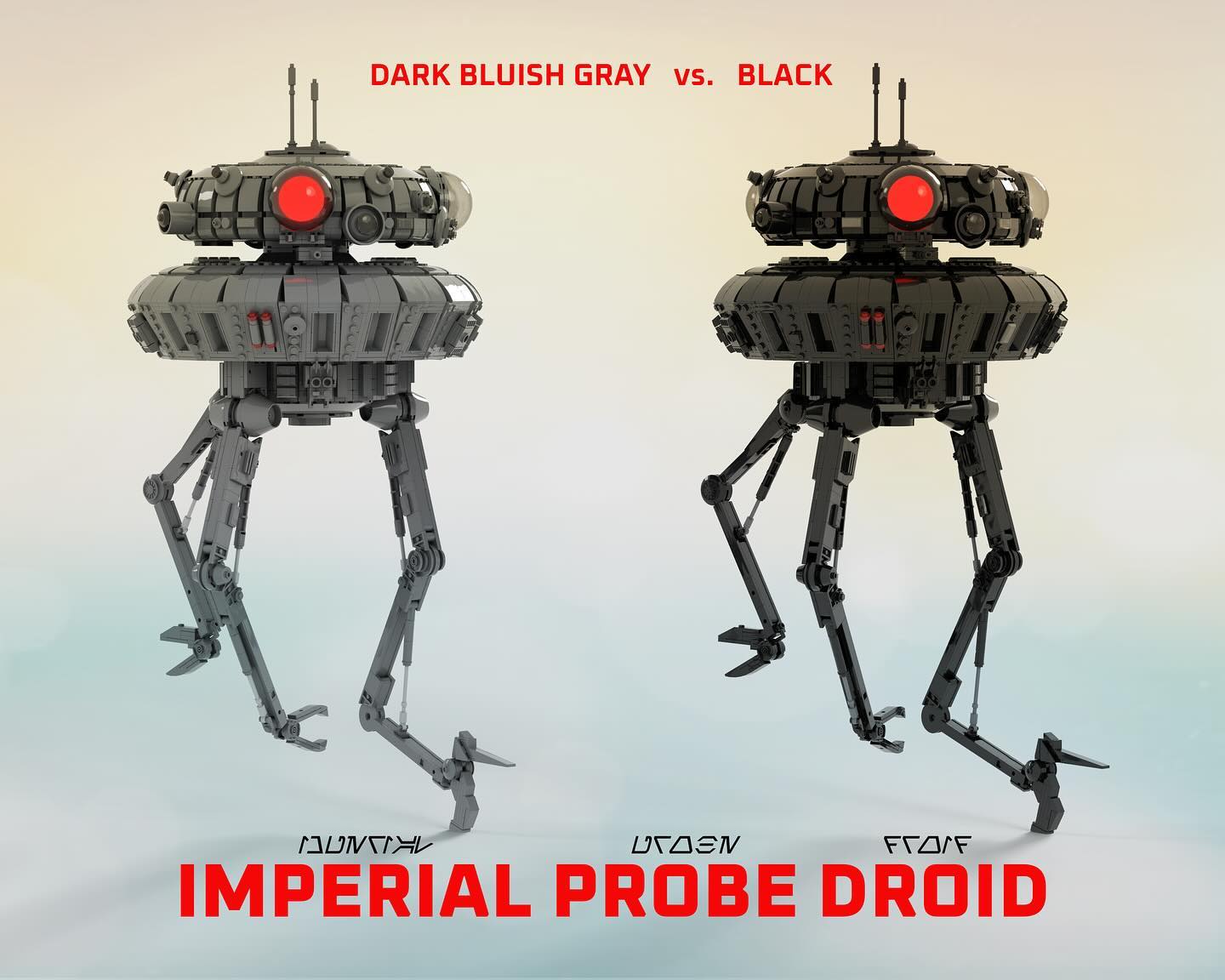
I don’t have a specific wish for what story, character or era I would like to see next from this universe. I’d just like it to be more of a standalone story like Andor without a constant barrage of cameos, references and fan service. And I’d rather wait 3 years for a well-made and well-written series or movie than get mediocre content every six months.
TBB: I saw your incredible lineup of Podracers that were displayed at JB Spielwaren at the past two May the 4th events. What was it like seeing your work shared in such a big way? Do you think you’ll be doing any other large-scale collabs on the future? Are there any other events coming up where fans might see your work?
JW: The entire process of creating this gigantic community project with approximately 1.3 million parts was a huge challenge for everyone involved. Building the arena – which I wasn’t involved in – was a huge, long-lasting effort and took several months.
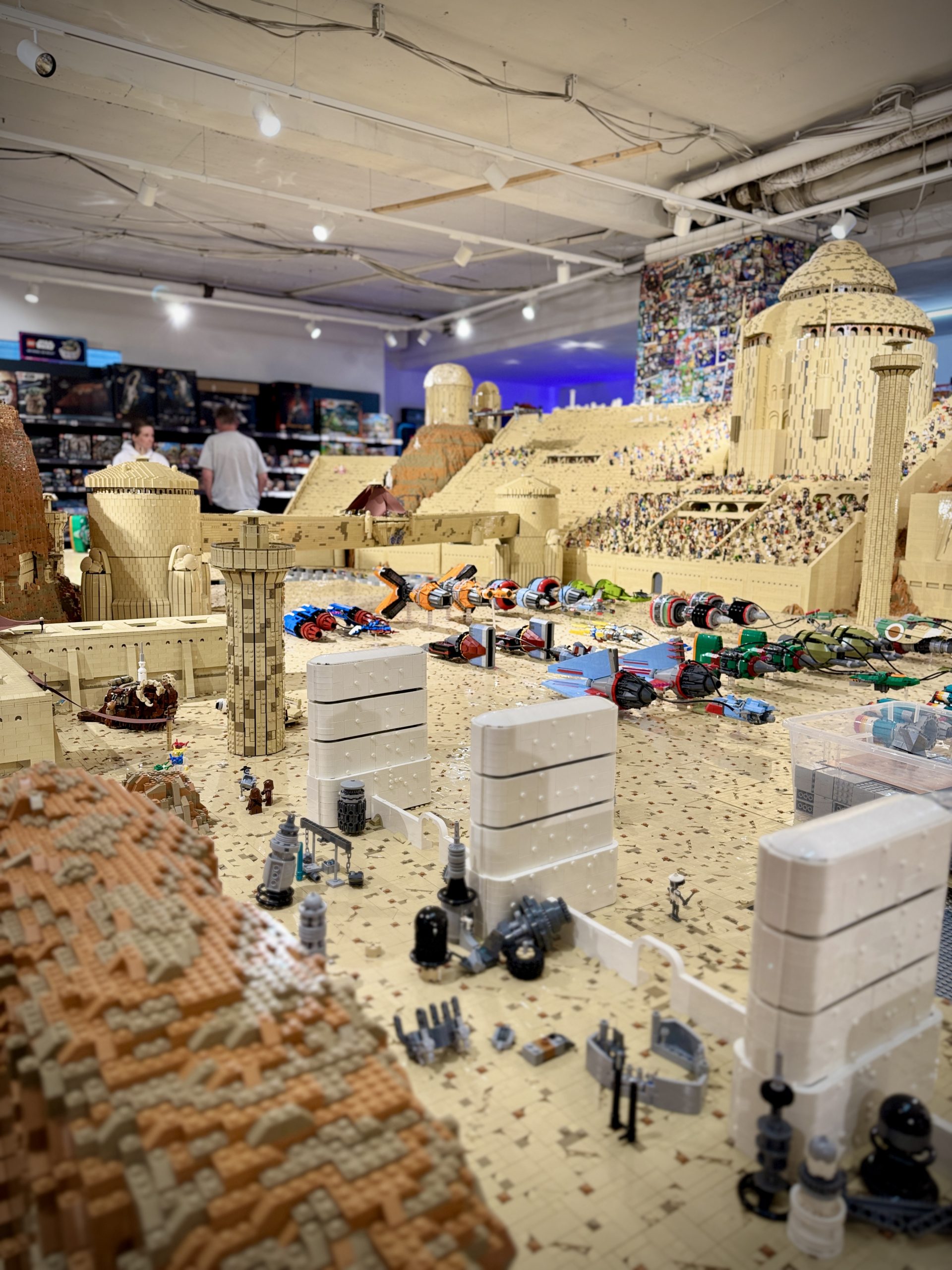
I wasn’t actually planning on designing so many Podracers (at the end I made 13 of the total 18 Podracers). My friend Tobi (TBC), one of the masterminds behind this project, asked me if I could take on the design of a few Podracers for him, as the arena was consuming much more time and energy than planned. Originally, I was only supposed to design two or three. But it went so easily and quickly that Tobi asked me if I could just build as many as I wanted and had time for. In the end, I digitally built 13 Podracers in 39 days. That’s three days per Podracer. Considering that the Podracers each have between 800 and 1800 parts, this is not a bad flow-rate. That was a real major effort, but also incredibly fun.
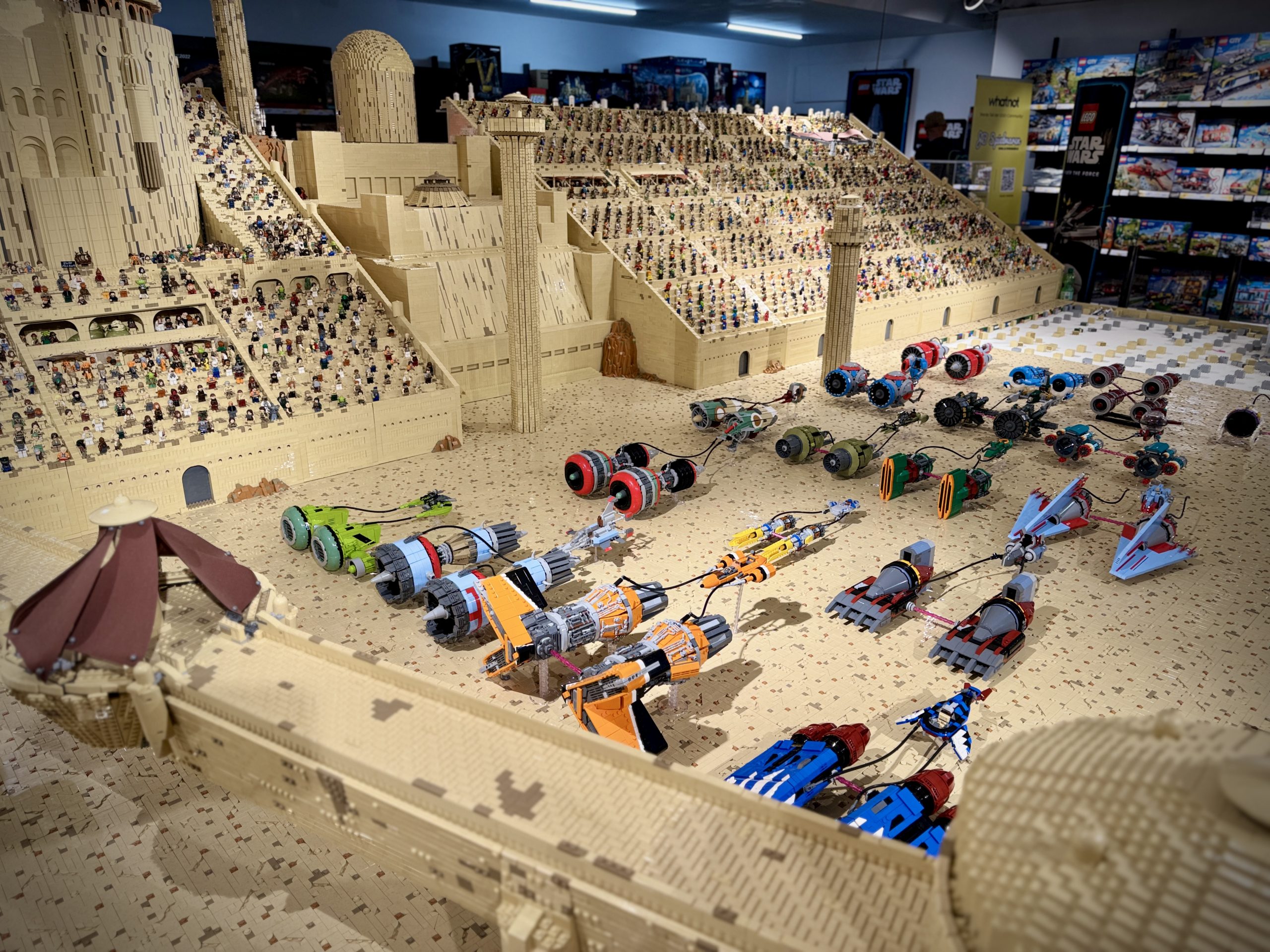
And everything about the entire community event was real fun too. I love nerd-talking with all the other AFOLs and visitors and seeing my Podracers in this fantastic, huge arena is really something special for me. All of that was really fun. And of course, I’m always open to more community or large scale projects like this, as long as the topic is exciting and the team is cool.
TBB: I see that some of your builds were showcased at the LEGO campus in Billund. How did that come to pass?
JW: I was an exhibitior at Skærbæk Fan Week last year. My models of Vader‘s Tie Advanced and Mining Guild Tie were picked by the jury and I had the fantastic opportunity (together with 9 other great AFOLs) to display my MOC for the span of one year (September 2024 till September 2025) in the foyer of LEGO’s employee campus in Billund.
TBB: Any final thoughts you’d like to share with our readers?
JW: Just keep up building cool and creative stuff!
